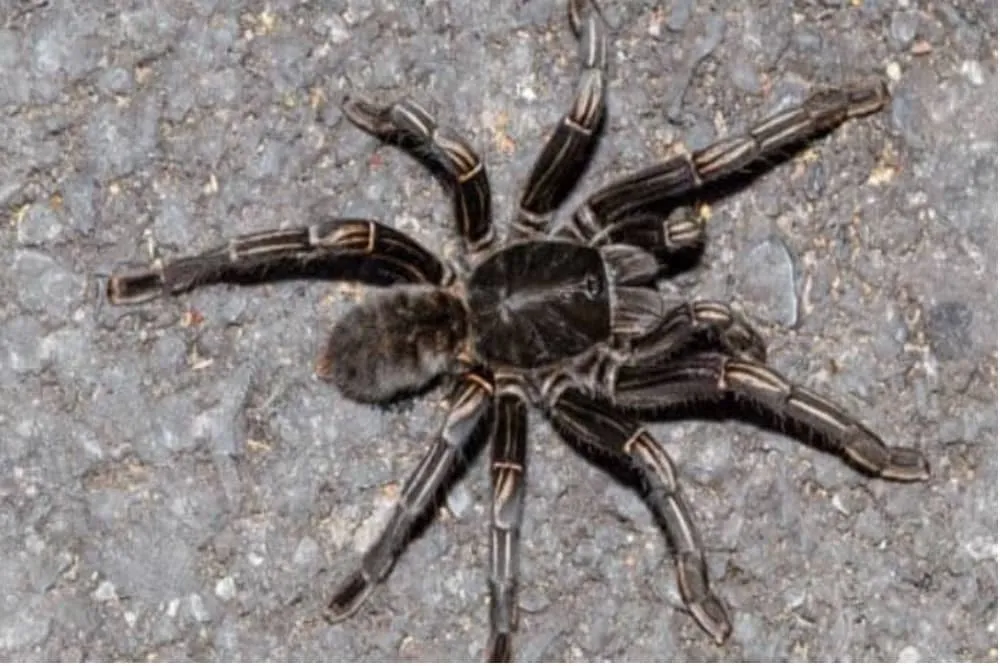What is a Zebra Tarantula?
The Zebra Tarantula, scientifically known as Aphonopelma seemanni, is a captivating arachnid belonging to the tarantula family. Native to the tropical dry forests of Costa Rica and Nicaragua, these spiders are renowned for their striking appearance and relatively docile temperament, making them popular choices for beginner tarantula keepers. They are called ‘Zebra’ tarantulas due to the distinctive black and white banding on their legs, resembling the stripes of a zebra. These terrestrial spiders spend most of their time on the ground, creating burrows or seeking shelter under rocks and foliage. Their life cycle, like other tarantulas, involves molting – shedding their exoskeleton to grow. Understanding the Zebra Tarantula’s natural habitat, behavior, and specific needs is crucial for providing proper care and ensuring a healthy, thriving pet.
Origin and Habitat of the Zebra Tarantula
Zebra Tarantulas originate from the tropical dry forests of Central America, specifically Costa Rica and Nicaragua. In their natural habitat, they thrive in warm, arid environments characterized by distinct wet and dry seasons. They are terrestrial spiders, meaning they live on the ground, constructing burrows in the soil or utilizing natural shelters like fallen logs and rocks. The habitat provides them with both protection from predators and a stable microclimate. The temperature in these areas is typically between 75°F and 90°F (24°C to 32°C), with humidity levels varying with the season. Understanding their origin helps in replicating their natural environment in captivity, which is essential for their well-being.
Appearance and Characteristics of Zebra Tarantulas
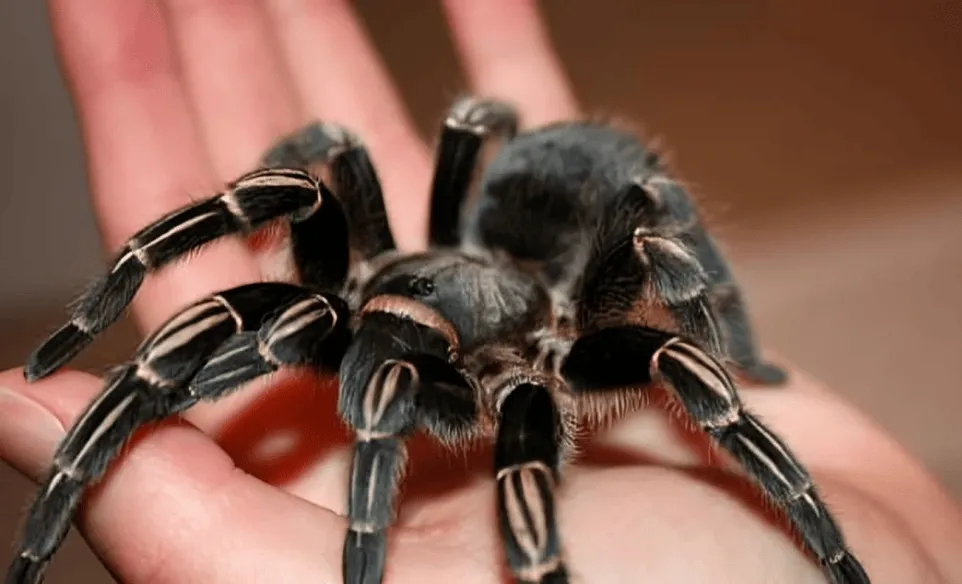
The Zebra Tarantula is easily recognizable due to its distinctive appearance. The most striking feature is the black and white banding on their legs, resembling zebra stripes. The body, or carapace, is typically dark brown or black, and the abdomen is covered with urticating hairs that the spider uses for defense. These hairs can cause irritation if they come into contact with skin. Adult females can reach a leg span of up to 5-6 inches (13-15 cm), while males are generally smaller. They have a relatively slow growth rate compared to other tarantula species. Another key characteristic is their docile temperament, which makes them generally easier to handle. However, it’s important to always handle them with care and respect.
Zebra Tarantula Housing Setup
Creating a suitable habitat for your Zebra Tarantula is crucial for its health and well-being. The enclosure should provide ample space for the spider to move around, burrow, and feel secure. Several factors contribute to the ideal setup, including the size and type of enclosure, the substrate used, and the maintenance of appropriate temperature and humidity levels. The aim is to replicate the spider’s natural environment as closely as possible, providing a safe and stimulating environment where the tarantula can thrive.
Choosing the Right Enclosure
The size of the enclosure depends on the size of your Zebra Tarantula. For a juvenile, a 5-gallon terrarium is usually sufficient, while adults require a 10-20 gallon tank. The enclosure should be wider than it is tall, as these spiders are terrestrial. Glass or acrylic tanks are suitable, but ensure that the lid is secure to prevent escape. Adequate ventilation is essential, but avoid creating drafts. The enclosure should have good airflow to prevent the buildup of excess moisture and mold. Consider the ease of cleaning and maintenance when choosing an enclosure, as regular cleaning is vital for the spider’s health.
Substrate and Decor
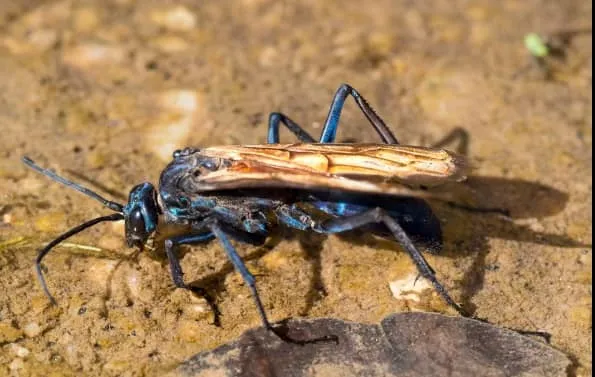
The substrate is the bedding material that lines the bottom of the enclosure. For Zebra Tarantulas, a substrate that allows for burrowing is ideal. A mixture of peat moss, coconut fiber, and a small amount of vermiculite works well. The substrate should be deep enough – about 4-6 inches (10-15 cm) – to allow the tarantula to burrow. Add some decorations, such as cork bark, driftwood, or artificial plants, to provide hiding places and enrich the environment. These decorations also help to create a more natural and visually appealing habitat. Avoid sharp objects or anything that could potentially harm the spider.
Maintaining Temperature and Humidity
Zebra Tarantulas thrive in temperatures between 75°F and 85°F (24°C and 29°C). A heat lamp or under-tank heater can be used to maintain the proper temperature. Always monitor the temperature with a thermometer placed inside the enclosure. Humidity levels should be maintained at around 60-70%. This can be achieved by lightly misting the enclosure once or twice a week, depending on the ventilation and substrate. A water dish with fresh water should always be available. Avoid excessive moisture, which can lead to mold growth. A hygrometer is useful for monitoring humidity levels.
Zebra Tarantula Diet and Feeding
Feeding your Zebra Tarantula is a crucial part of their care. They are primarily insectivores, meaning they eat insects. Providing a varied and nutritious diet ensures they receive the necessary nutrients for growth and health. The size and frequency of feeding depend on the spider’s age and size. It is important to monitor your tarantula’s eating habits and adjust the feeding schedule accordingly.
Feeding Frequency and Prey Selection
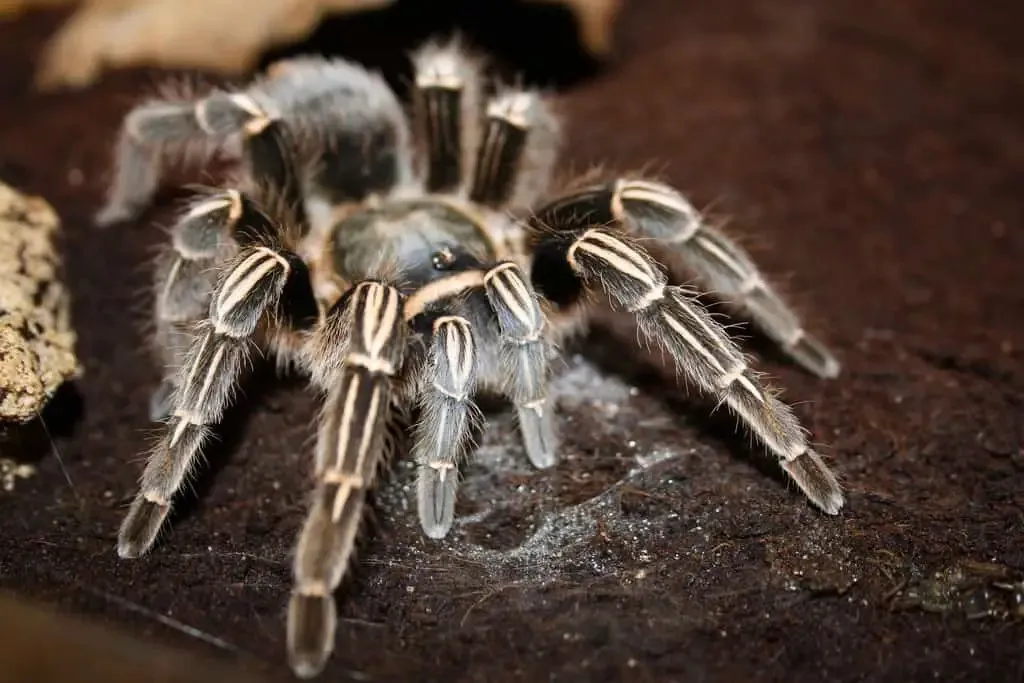
Juvenile Zebra Tarantulas should be fed 2-3 times a week, while adults can be fed once a week or every other week. The prey should be appropriately sized; the insect should be no larger than the spider’s body. Suitable prey includes crickets, mealworms, dubia roaches, and other commercially available insects. Always remove any uneaten prey within 24 hours to prevent stress to the tarantula and reduce the risk of mold. Ensure the insects are gut-loaded with nutritious food before feeding them to your tarantula. This enhances the nutritional value of the meal.
Water and Hydration
Providing a constant source of fresh water is essential for your Zebra Tarantula. Use a shallow water dish that is easily accessible and won’t drown the spider. The dish should be cleaned and refilled regularly to prevent the growth of bacteria. Alternatively, you can mist the enclosure with water, especially during molting, to increase humidity and provide the spider with a source of water. Monitor your spider’s behavior; if it appears dehydrated (e.g., shrunken abdomen), increase the frequency of misting or ensure the water dish is always full.
Zebra Tarantula Handling and Care
While Zebra Tarantulas are generally docile, it’s essential to handle them with care and respect. Understanding their behavior and knowing how to handle them safely can prevent injury to both you and the spider. Regular handling is not typically necessary for these spiders; they can be observed and enjoyed without direct interaction. Always prioritize the tarantula’s well-being and safety when considering handling.
Safe Handling Practices
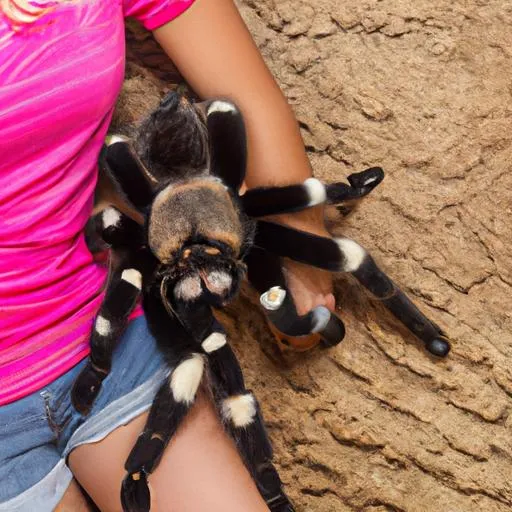
If you choose to handle your Zebra Tarantula, do so with caution. Handle them close to the ground or a soft surface to minimize the risk of injury if they fall. Never try to grab the spider; gently coax it onto your hand or a soft surface. Avoid sudden movements, which can startle the spider. Before handling, wash your hands to remove any scents or substances that could potentially harm the tarantula. Be aware of their urticating hairs and avoid rubbing your eyes or touching your face after handling. Always supervise children when they are near the tarantula or its enclosure.
Common Health Issues and Prevention
Zebra Tarantulas, like all pets, can be susceptible to health issues. Common problems include dehydration, injuries during molting, and infestations of mites or other parasites. Preventative care is essential. Ensure the enclosure is clean and properly maintained to prevent mold and bacterial growth. Provide a balanced diet and access to fresh water to avoid dehydration. Monitor your tarantula regularly for any signs of illness, such as lethargy, loss of appetite, or unusual behavior. If you notice any concerning symptoms, consult a veterinarian experienced in exotic animals. The best way to prevent health problems is to provide a clean, well-maintained environment and proper care.
Zebra Tarantula Lifespan and Breeding
Understanding the lifespan of Zebra Tarantulas and their breeding behaviors provides valuable insight into their care. Knowing what to expect throughout their life cycle and how to prepare for the possibility of breeding helps ensure they receive the best possible care. It also allows you to appreciate the unique aspects of this fascinating species.
Lifespan and Molting
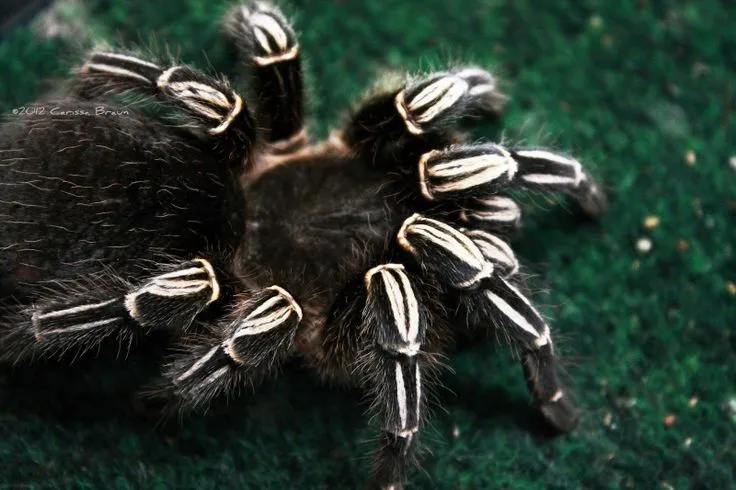
Female Zebra Tarantulas can live for a long time, often 10-15 years or even longer with proper care. Males, however, have a shorter lifespan, typically only living for a few years after reaching maturity. Molting is a crucial part of the tarantula’s life cycle; it is how they grow and regenerate lost limbs. During molting, the tarantula sheds its exoskeleton. The process can take several hours or even days, during which the tarantula is vulnerable. Provide a moist environment and avoid disturbing the spider during molting. After molting, the tarantula’s new exoskeleton is soft, so avoid feeding it for a week or two until it hardens. The frequency of molting decreases as the tarantula matures.
Breeding Zebra Tarantulas
Breeding Zebra Tarantulas in captivity is possible but requires a specific environment and understanding of their reproductive behavior. It’s generally recommended for experienced keepers. The process involves introducing a mature male to a mature female in the female’s enclosure. If the female accepts the male, mating will occur. After mating, the female will lay an egg sac containing hundreds of eggs. The egg sac is usually guarded by the female until the spiderlings hatch. Raising spiderlings requires specialized knowledge and care. You must separate the spiderlings to prevent cannibalism. If you are considering breeding your Zebra Tarantula, research the process thoroughly and prepare accordingly.
Zebra Tarantula as Pets
Zebra Tarantulas are often considered good pets for beginners due to their relatively docile nature and manageable care requirements. They are captivating creatures to observe, offering a unique pet-keeping experience. However, responsible ownership involves understanding both the pros and cons of owning a tarantula.
Pros and Cons of Owning a Zebra Tarantula
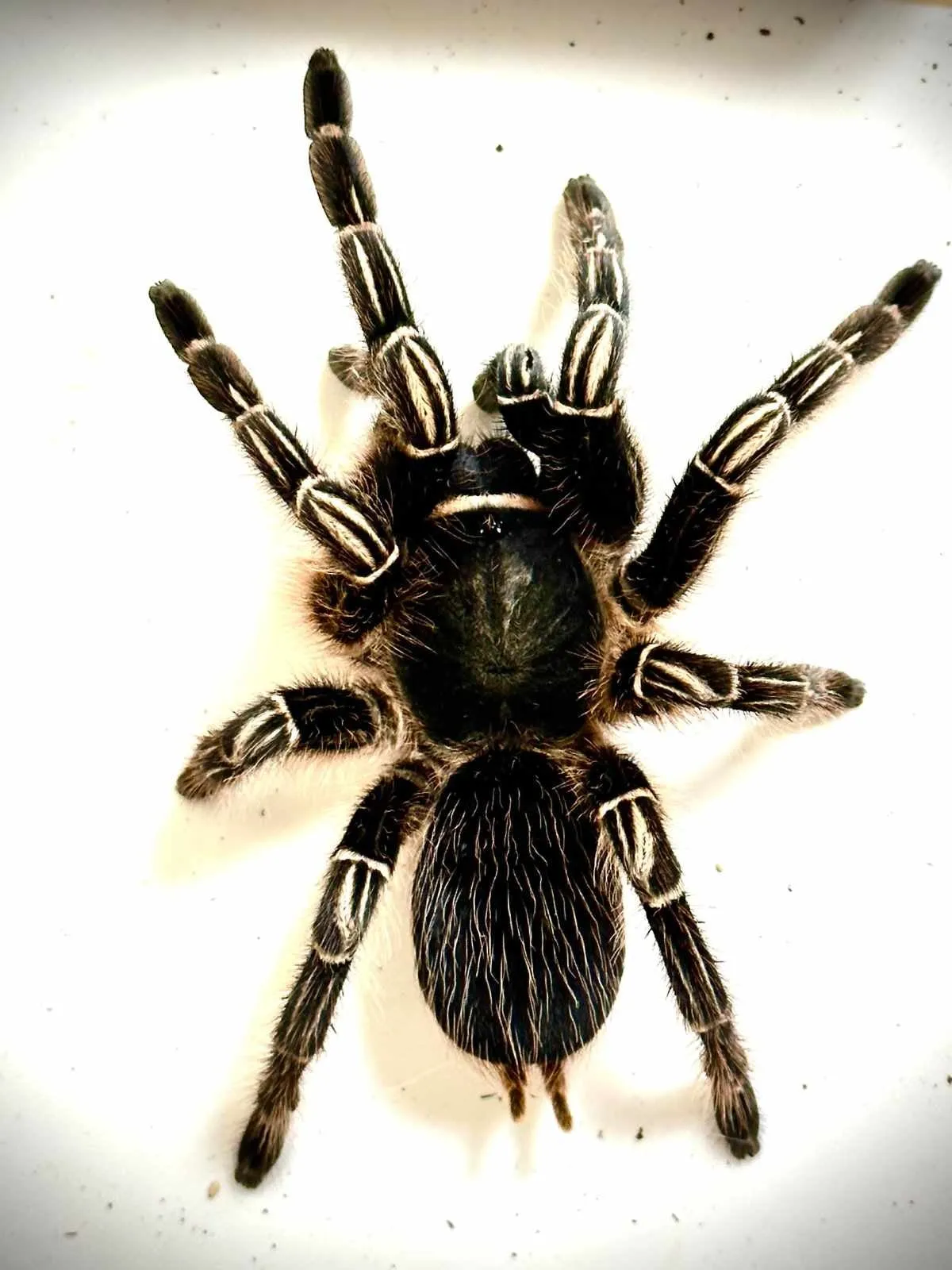
Owning a Zebra Tarantula has several advantages. They are relatively low-maintenance pets, requiring less time and attention than many other animals. They don’t need daily walks or social interaction, making them suitable for people with busy lifestyles. They are quiet, clean, and don’t produce strong odors. They have a unique appearance and are fascinating to observe. However, there are also some downsides to consider. Zebra Tarantulas are not typically handled frequently, and direct interaction is limited. They can be venomous, although their venom is generally not harmful to humans. Their bites are rare, but can be painful. They are also fragile creatures, and improper handling can lead to injury. It’s important to consider these factors before deciding to get a Zebra Tarantula.
